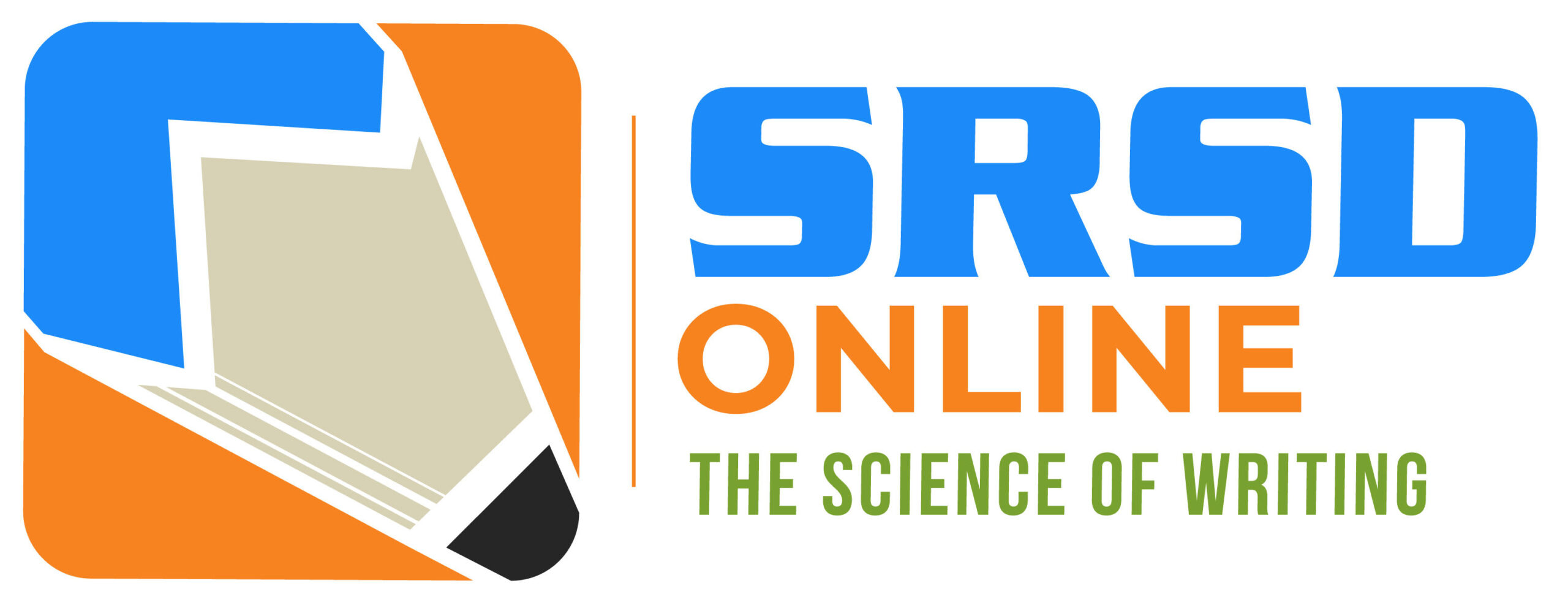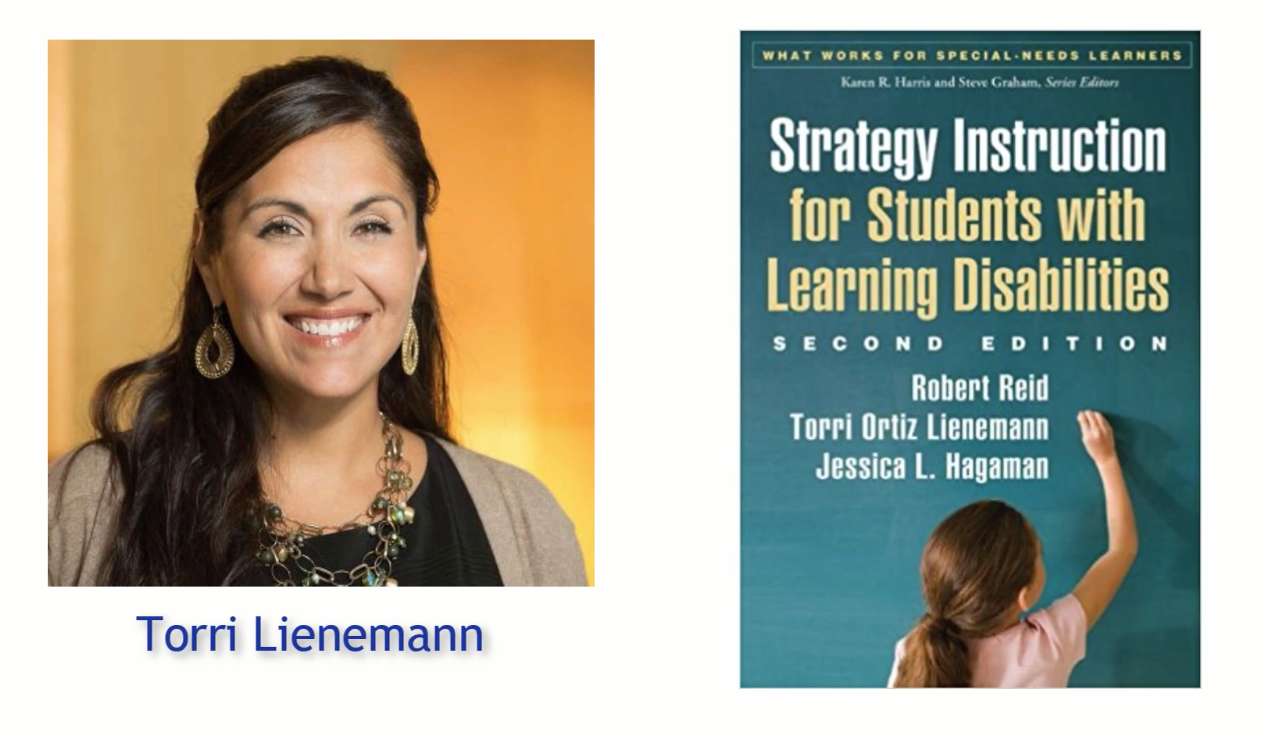We met with leading Special Education Researchers to uncover their tips on teaching students with learning disabilities and emotional behavior disorders how to write. What we discovered was a process that not only teaches exceptional children how to write, but how to learn. Torri Lienemann and Robert Reid, co-authors of Strategy Instruction for Students with Learning Disabilities, along with SRSD creator Karen Harris and researchers Joyce King-McIver and Ashley Barkel contributed:
#1 Self-Regulation is the Key To Writing and Learning
Dr. Torri Lienemann says the bottom line from her strategy instruction research on students with ADHD is that self-regulation is the key to learning in general. She notes that the pride students experience when they complete something they were previously unable to accomplish is phenomenal. Teaching students how to regulate and monitor their own performance is an essential component for students who struggle (as well as typically-achieving students). Her research proved that it made them stronger learners, as well as, writers.
#2 Create a Plan for Individual Needs
Dr. Lienemann emphasizes that having knowledge of students’ skills prior to implementing instruction allows you to form groups of students with similar abilities. Students are then frequently monitored for task or strategy mastery before advancement. There will be an ebb and flow to groups, depending on the individual needs, that must be scaffolded.
#3 Use Peer Collaboration
Dr. Lienemann also said that students who master skills can practice with those who struggle and both groups will benefit. As discussed, SRSD is designed for students to master each strategy before they continue. Thus, discussing the process with peers adds extra practice for the skilled learners while advancing those who struggle.
#4 Don’t Rush
Dr. Lienemann’s research uncovered a pattern: interventionists and educators often feel rushed in an attempt to catch struggling students up with the class. Yet, if students don’t truly understand the task at hand they will eventually be forever lost in the process. Moreover, the goal of SRSD is for students to generalize into other disciplines and settings. Haste will assure that we do not achieve that goal.
#5 Trust the Research. The key to success is Fidelity
Dr. Lienemann’s favorite story highlights the need for fidelity. A 4th grade ADHD student’s first essay was based on a photo of a squirrel. The student wrote, “Bob is mice. Eat”. After eight lessons the student increased his performance over 600%, wrote a full story with all the elements and had an excellent holistic quality rating. By mastering the self-regulation techniques this student motivated himself to be a successful learner which carried on through high school and, now, into college.
#6 Trust Your Gifted Instincts
SRSD Researcher Ashley Barkel emphasizes that SRSD lessons are not fully scripted in order to take advantage of your knowledge of your students. By adding your customization to general lessons- along with a recursive approach- special education teachers thrive. Additionally, individualized goal setting and self-statements help each student achieve independence.




